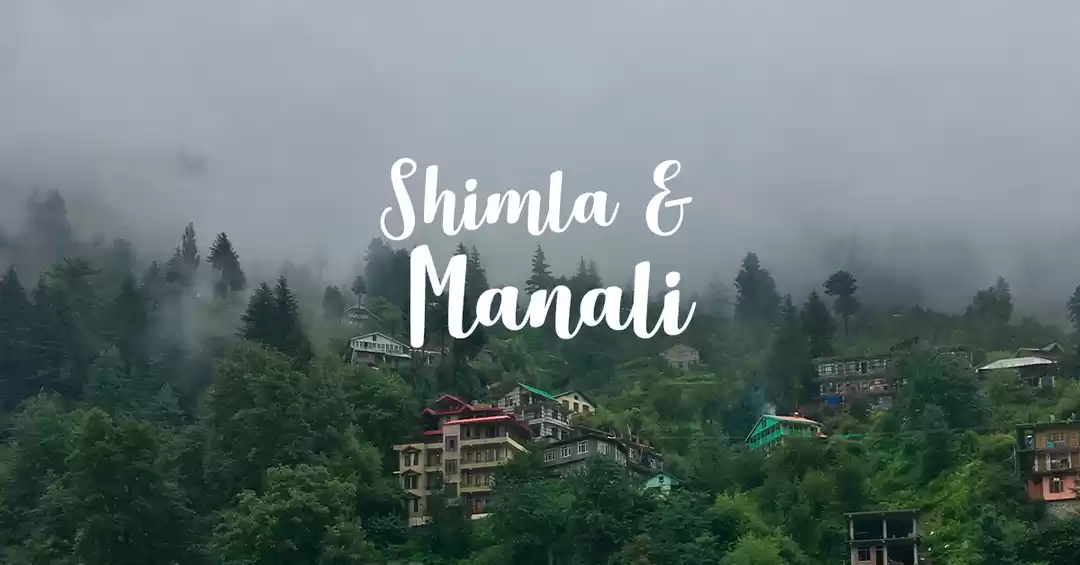"If I don't wear this, then I feel that I haven't worn anything. It's not just culture, it's the only way I know to cover my body." says Leela Devi flaunting her chequered pattu (tradition Himachali attire adorned by women)

Culture dying in the wake of modernisation has become the hallmark of the times we live in. Be it the diminishing faces of the tribes, the rise of the concrete monster in the mountains, the presence of parabolic antenna in remote villages, or the changing ways in which we dress— glimpses of modernisation are found in almost everything we do, eat, dress, breathe, love oops... live.

I have a memory. Almost two decades old. When as children we'd visit Himachal, most of the women wore the traditional Pattu. It is a 16 feet long woollen wonder wrapped around Himachali women. It was easily available in the market, thanks to the local women who spun and sold pattus in vibrant colours.
"Around 20 to 30 years ago, pattus were sold at a price of hundred to two hundred rupees whereas now the price can go unto anything between four to five thousand increasing all the way up to fifty thousand rupees. The price depends on the quality of wool used and the design of the pattu. They were inexpensive earlier as most of the village folks used wool from their pet sheep. However in recent times, most of the people do not rear their own cattle and thus they need to buy wool from other sources like the nomads."

Another important factor that constitutes to the pattu cost is the amount of time spent to create one. The process of "tana bana" that is looming and weaving a pattu can take around two to six months.
Whatever be the reason, I cannot help but wonder— is this the last generation of the pattu wearing women? As the years pass by only the older generation of women can be spotted wearing this wooden wrap around. The younger generation has opted for more easy going attires like the salwar kameez as the pattu women somehow mysteriously vanish in the background.




































